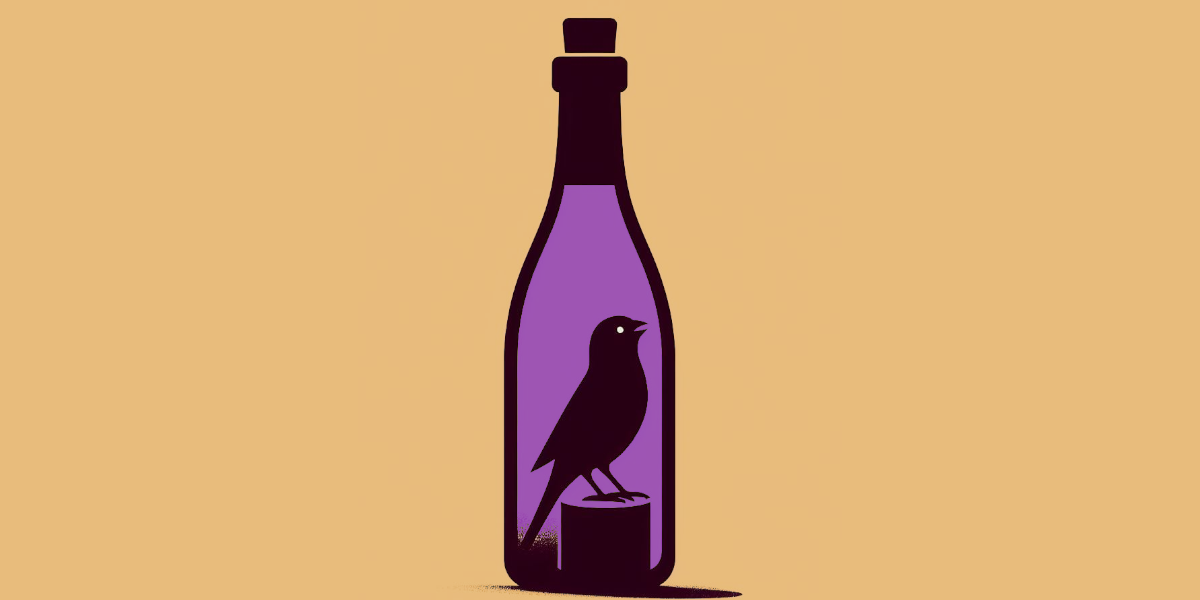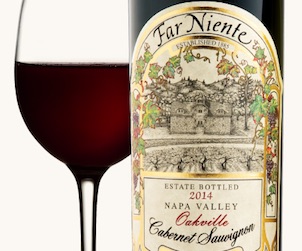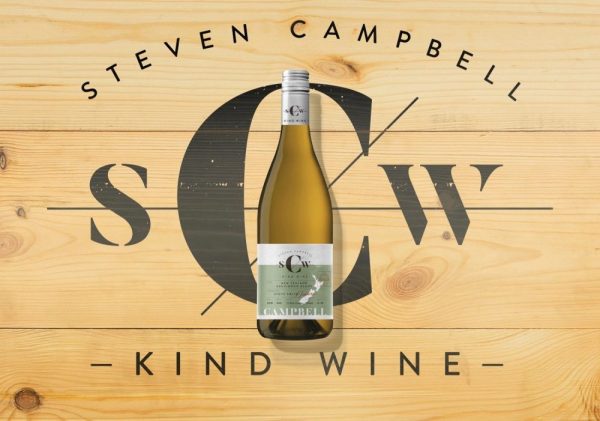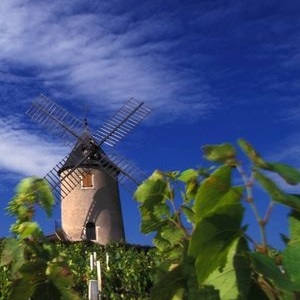Cork taint, a wine fault that imbues bottles with aromas of mouldy basements and cardboard, affects an estimated 2-3% of bottles globally per year, at no small cost. I’ll make a safe bet you’ve opened a bottle of corked wine in the past year alone, and when I was working as a Sommelier, I’d pull corked bottles off bars and tables nearly every week. The wine industry simply considers it a cost of doing business, but cork taint is not some cosmic malice that swoops down to curse your favourite bottles. In fact, I myself had no idea about the origins of cork taint until I came across an article in the recent publication Grapes and Wine (1), “State-of-the-Art Knowledge about 2,4,6-Trichloroanisole (TCA) and Strategies to Avoid Cork Taint in Wine” which details some fascinating modern research into cork taint, including its mechanisms, its effect on the olfactory senses, and more.
I highly suggest reading it for yourself in full, as I’ll be condensing the information a good deal. While most wine education (mine included) about cork taint treats TCA as some naturally occurring byproduct of fungi in the cork, that’s only a small part of the truth.
In the early 20th century, just about the entire world was using chlorophenol/halophenol based chemicals, for a variety of biocides (pesticides, herbicides, insecticides, fungicides, etc). These products were extensively used in the treatment of wood, textile, and cardboard as well as in agriculture. Until their introduction in the early 20th century, cork taint was essentially a non-issue. After a massive uptick in the number of faulty bottles, research in 1982 would eventually identify TCA, or trichloroanisole, as the main culprit behind the tainted bottles. TCA (and a cohort of other molecules) transfer from the cork to the wine, and impart the mouldy basement/wet cardboard aromas we all know and loathe.
TCA would be the main focus of research for the next two decades, but it’s the precursors of TCA that are worth talking about.

Image sourced from State-of-the-Art Knowledge about 2,4,6-Trichloroanisole (TCA) and Strategies to Avoid Cork Taint in Wine
There are two key cholorophenols to focus on here, and those would be the TCP (Tetrachlorophenol) and PCP (Pentachlorophenol). As we established earlier, TCA is the product of some bacteria or fungi in the bark, but it is not the “fault” of the fungi per se.
In full truth, it is simply the fungus’s natural reaction to the pollution. Over time, PCP and TCP degrade (PCP also degrades into TCP by losing chlorine atoms), spreading into soils, entering water sources, and leaching into the bark of trees, notably cork trees. Natural fungi such as Penicillium, already present in the bark, target the TCP as a defense mechanism, and bioconvert it to TCA. Even if not used directly, pollution from waterways can pass to soils, which are dehalogenated and accumulated by rainclouds, which finally spread the TCP and PCP molecules far and wide. Even treatments of PCP and TCP spread kilometres away in entire different crops can contaminate cork forests. While many countries, including the EU, banned or phased out the use of these biocides long ago, the trace elements are still present decades later. (1)
Despite the EU bans, Asia, South America, and Africa still employ heavy use of chlorophenols (4), and even the USA and Canada allow some regulated use, despite the full scope of environmental and human risk still not fully understood(2)(3). I need to be clear that Chlorophenols are not biocides often used in a vineyard ,if at all, especially because of their connection to TCA. In fact, the contamination level of food products is very low in general, with most water sources being the most significantly contaminated (4). The real wanton use is the manufacturing of wood, cardboard, textile, and leather products.
TCP and PCP are widespread pollutants that cause damage to aquatic life, and are highly carcinogenic, leading to an increased rate of cancer in human and animal contact (2). These are the truly serious, far-reaching impacts to be concerned about, a few corked wines are just a small side effect of the greater disaster. However, things like damage to aquatic ecosystems or cancer rates in polluted areas are hard to quantify, and even harder to point to a single source of the damage. Corked wine is tangible, observable, and universal. You can put a bottle right in front of someone’s face; its indisputable.
The effects of chlorophenol pollution on agriculture at large are far more significant than what gets into our corks (TCA is quite mutated from its original form and essentially nontoxic (4), and you’re not very likely to consume a bottle of corked wine anyways), but cork taint can serve as a powerful cautionary tale to expose the bigger picture.
I’ve always thought wine’s great power is its ability to communicate stories about place and time in tangible, objective ways. And while often one hears triumphant tales of guarding the land, building on generations of technique, and expressing the soul of the terroir, wine can also speak of tragedy. If you want to provide someone with an objective example of modern climate change, all you have to do is serve a bottle of smoke-tainted California Cabernet Sauvignon from the wildfire seasons or the wildly variant 2020–2021 Bordeaux vintages side by side. Wine can serve as a perfect medium to communicate about the state of the world at large.
Obviously, I have a vested interest in the environment, but while reading many studies and cautionary articles, I always feel frustrated that we’re always told how awful things are but nothing about what can be done to help.
Despite the fact that cork production technology has advanced rapidly, the damage cork taint has already done is irreparable, and it will continue to plague the wine industry.
If we are to make something positive and productive out of the situation, wine must serve as the proverbial canary to communicate and educate a greater cause. Winemakers across the globe have watched the natural wine movement explode, and many are eager to follow suit in any way that they can. It is absolutely vital that we continue to support these producers in attempting new practices in viticulture and shifting their vineyard management to cooperate with nature instead of fighting it. Truly, I don’t even care whether or not a producer cares about the environmental aspect and is just getting into the trend to keep their wines selling; it’s still a win-win scenario.
The more winemakers test the waters, the more knowledge and technology we can develop to further advance sustainable winemaking. There is an undeniable truth that biocides will always be a necessity, and in certain seasons, they may be the only thing preventing the outright death of an entire vineyard. In reality, not all winemakers are in the position to pursue organic or natural certifications in their climate, and those that do earn the label stamps are often growing in advantageous areas with low risks of disease. The key is refraining from chemical solutions until no other option is given.
In an era where alcohol consumption in general is on the decline, wine must become more than just a beverage. Wine must evolve to become a flagbearer, not just a product. When you buy a bottle of wine, you’re supporting an industry that does true good for the world and pushes the envelope for sustainable and conscious practices. In my eyes, faced with a literal and figuratively changing climate, this is the future that wine needs.
Cited works:







